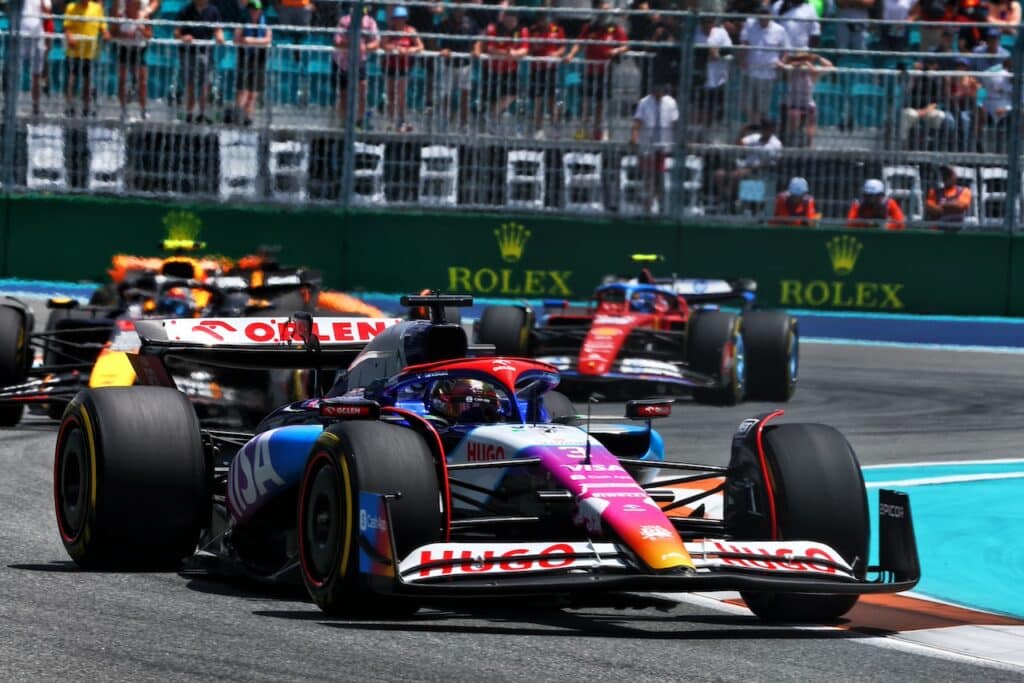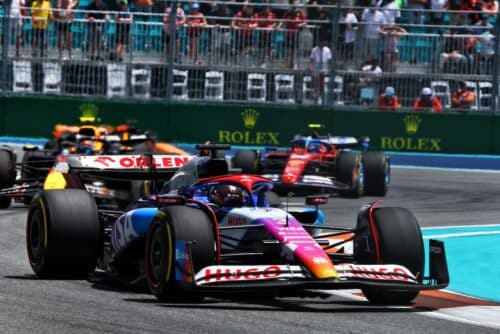Belgian GP: Technical Analysis
Let's discover the main technical innovations of the top teams
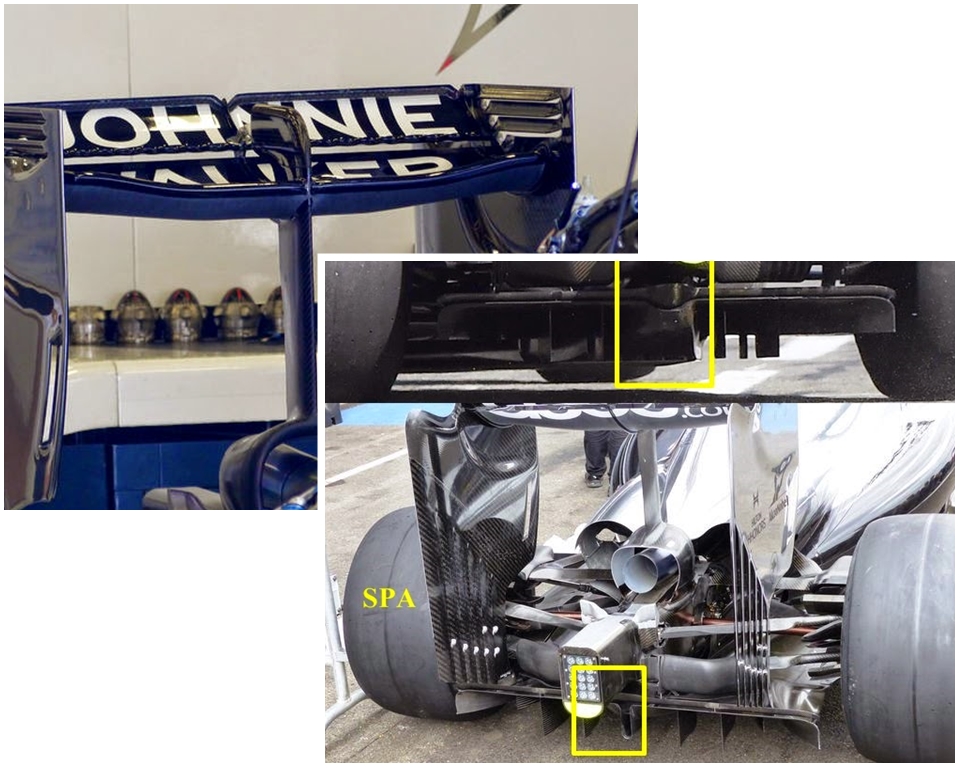
The summer holidays are over for all the teams who showed up on the Spa track with interesting technical innovations to adapt their cars to the fast Belgian track.
Let's analyze in detail the improvements introduced team by team.
Red Bull
On both cars, to overcome the lack of power of the Renault Power Unit, they used a very low rear wing, managing to be very fast even in Sector 2, characterized by fast corners, demonstrating how much vertical load the RB10 is able to develop. If you look at the photo alongside you can notice that the main profile is flat and there are no blowholes on the upper part of the vertical fin. The slots were removed as the entry angle of the main profile is very small. The smaller the entry angle, the lower the intensity of the end vortices, so much so that the use of slits that try to "break" these vortices is excluded. Vortices that disturb the functioning of the wing and the generation of downforce.
Mercedes
Despite the W05's technical superiority over its direct rivals, engineers continue to make improvements to the car. New nose with a steeper and narrower shape, to minimize resistance to progress.
A small fin has been placed above the front brake sockets to improve the flow pattern towards the rear.
After testing the new low-load rear wing throughout Friday's free practice session, during Saturday morning's free practice, to further recover top speed they removed the nolder located on the trailing edge of the mobile flap. However, the monkey seat with low downforce tested during the Silverstone tests has been confirmed.
Ferrari
As expected, Ferrari introduced the insulation of the exhaust manifolds using a classic thermal hood to keep the gases hot, thus maximizing their kinetic energy and increasing the performance of the turbine and energy recovery through MGU-H.
On an aerodynamic level, the two riders chose a slightly different aerodynamic configuration. The front wing is slightly lighter for the Spaniard as the last additional flap has a slightly smaller chord than the one used by the Finn. At the rear, the same wing for both has a main profile with a more curved leading edge and seven blowholes in the upper part of the vertical fin.
The work done by Alonso during free practice on Saturday morning was interesting. For the entire session, the Spanish driver tested a very low load aerodynamic package most likely destined for the Monza GP. At the front, a wing was used without the cantilever flaps connected to the endplate and with the last upper flap having a very short chord. At the rear wing with a flat main profile and with only three blowholes in the upper part of the vertical fin.
McLaren
Development continues on the MP4-29 to try to improve the car which has disappointed up to this point of the season.
Low load rear wing with three blowholes in the upper part of the endplate. The serration in the trailing edge of the mainplane has been removed. Serrated profile confirmed on the leading edge of the movable flap. However, the blowing in the lower part of the vertical drift remains unchanged. There were also innovations to the diffuser which, compared to the one used in Budapest, presented substantial innovations in the central area. As you can see from the comparison, the Woking aerodynamicists created a "U" shaped blowhole in the central area following a concept that Mercedes has been using since the beginning of the season. This diffuser model combined with the new bottom should maximize air extraction by increasing the aerodynamic load.
if you want to always be updated on our news
Follow us here

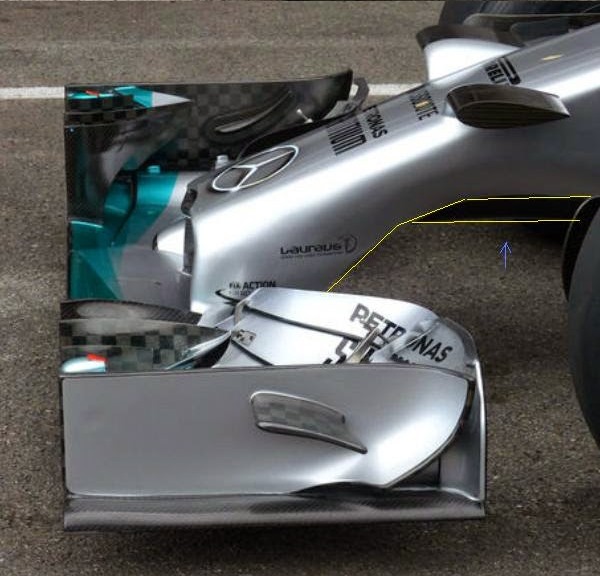
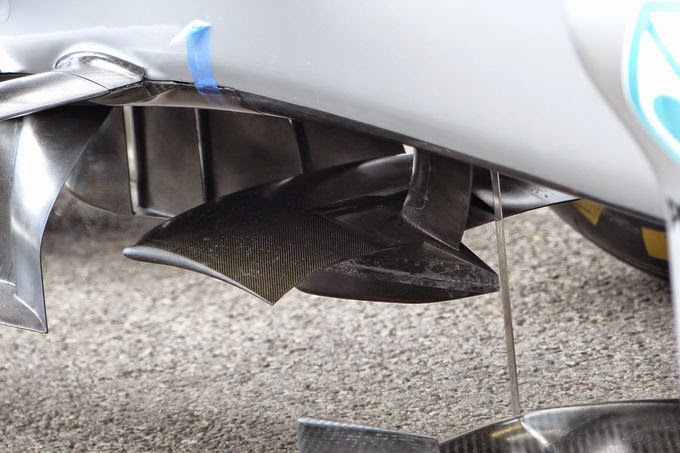
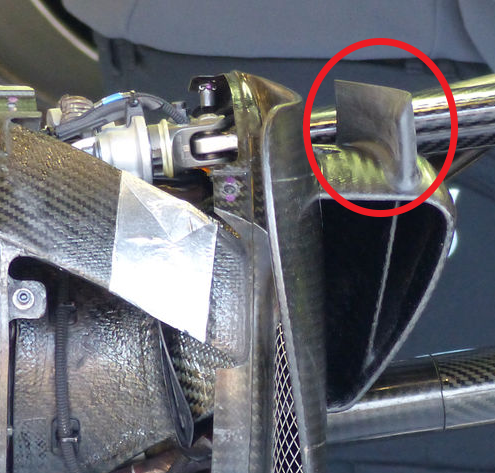
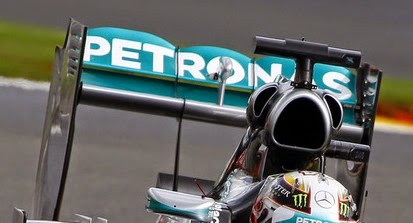
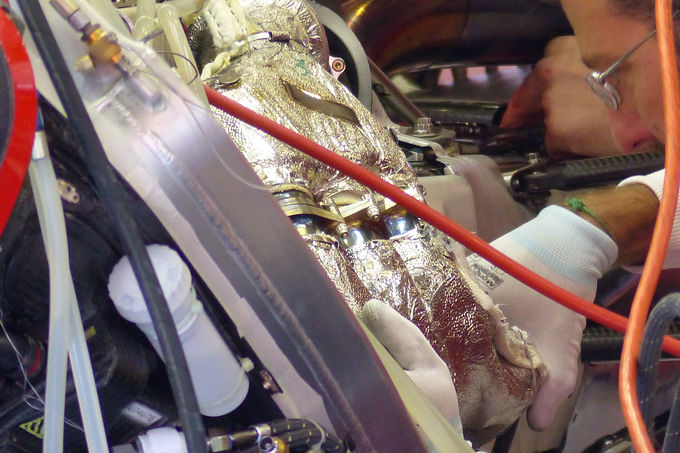

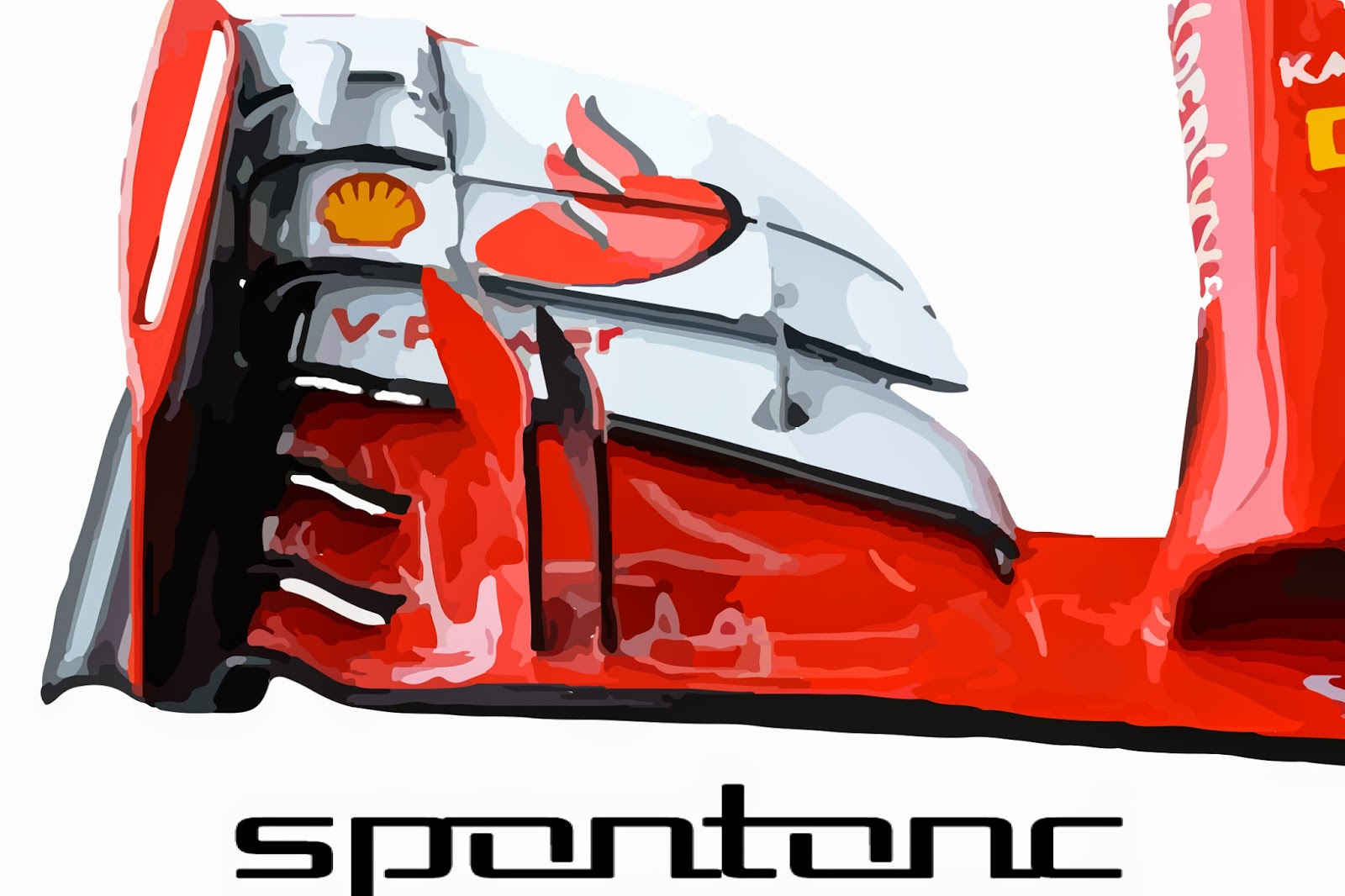

![GP Miami 2024: Live Qualifying [LIVE TIMING AND COMMENTARY]](https://f1grandprix.motorionline.com/wp-content/uploads/2024/05/diretta-qualifiche-gp-miami-2024-1024x683.jpg)
![GP Miami 2024: Live Qualifying [LIVE TIMING AND COMMENTARY]](https://f1grandprix.motorionline.com/wp-content/uploads/2024/05/diretta-qualifiche-gp-miami-2024-500x334.jpg)


